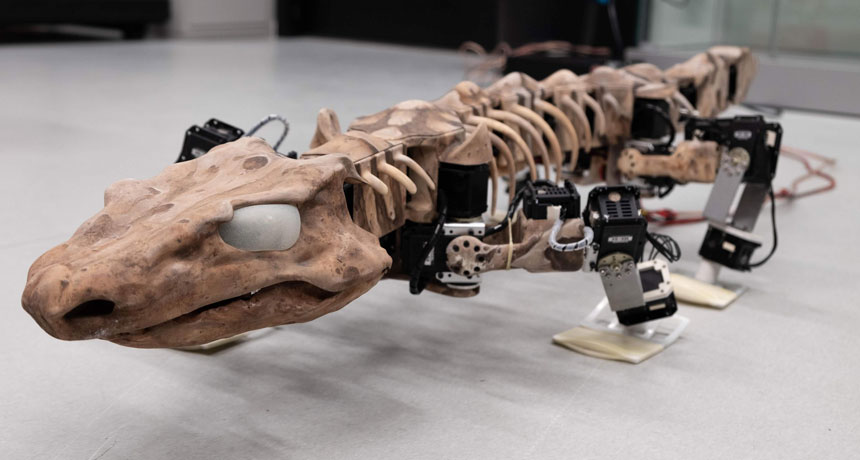Tracing tracks and guessing gaits
This exercise is a part of Educator Guide: Robot Re-creates a Tetrapod’s Moves / View Guide

Researchers designed a robot called OroBOT to re-create and analyze different gaits that Orobates pabsti, a four-legged creature...